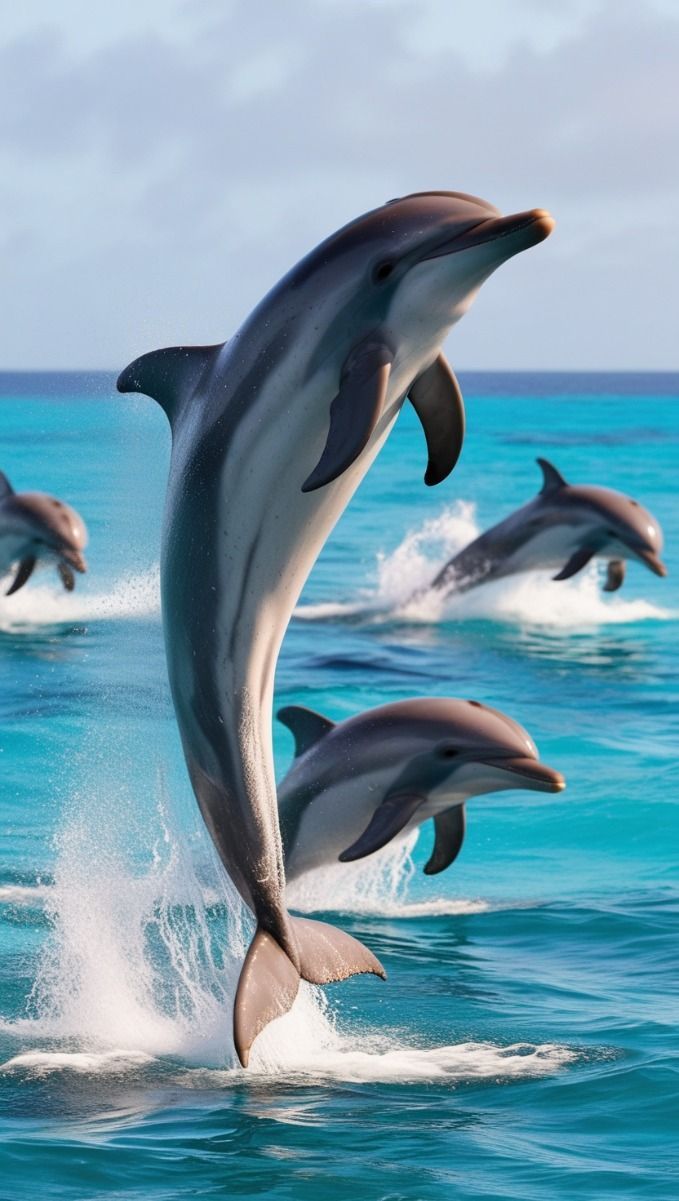7 Fascinating Facts About India’s National Aquatic Animal – The Ganges River Dolphin
India’s National Aquatic Animal, the Ganges River Dolphin, is a rare and endangered species found in the Ganga, Brahmaputra, and their tributaries. This incredible freshwater mammal plays a crucial role in maintaining the river ecosystem and is a symbol of biodiversity conservation.
In this article, we will explore its history, significance, impact on daily life, conservation efforts, and importance to society in a human-friendly way.
1. History and Recognition of the Ganges River Dolphin
The Ganges River Dolphin (Platanista gangetica gangetica) has been around for over 30 million years and is one of the oldest species of dolphins in the world.
🔹 It was officially declared the National Aquatic Animal of India on October 5, 2009, by the Government of India.
🔹 This recognition came as part of efforts to protect and conserve the species, which was once abundant but is now endangered.
🔹 The dolphin is blind and relies on echolocation (sound waves) to navigate and find food.
🔹 It is commonly referred to as “Susu” due to the sound it makes while breathing.
2. Daily Life Impacts – Why the Ganges River Dolphin Matters
The Ganges River Dolphin is an indicator species, meaning its presence reflects the health of freshwater ecosystems. If the dolphin population declines, it signals that river pollution and habitat destruction are worsening.
✅ Water Quality Indicator – A healthy dolphin population means a clean and thriving river.
✅ Ecosystem Balance – As a top predator, it maintains the balance of fish and aquatic life.
✅ Cultural Importance – The dolphin is mentioned in ancient Indian texts and folklore.
✅ Tourism & Economy – Wildlife tourism in dolphin habitats creates jobs and boosts local economies.
Unfortunately, due to pollution, illegal fishing, and habitat destruction, their numbers have drastically declined.
3. Significance and Symbolism: National Aquatic Animal
The Ganges River Dolphin is a powerful symbol of:
🌊 Conservation & Biodiversity – Represents India’s commitment to saving endangered species.
🛶 Rivers & Culture – Connected to the Ganga and Brahmaputra, rivers worshipped in India.
⚖ Environmental Health – Highlights the need to protect India’s freshwater ecosystems.
It is considered a sacred species in many regions, with people believing it brings good luck and prosperity.
4. 7 Fascinating Facts About the Ganges River Dolphin: National Aquatic Animal
🐬 One of the World’s Oldest Dolphins – Evolved over 30 million years ago.
🐬 Blind But Intelligent – Uses echolocation (sonar) to move and hunt.
🐬 Lives Only in Freshwater – Found in India, Nepal, and Bangladesh.
🐬 Cannot Survive in Captivity – Unlike marine dolphins, it struggles in artificial environments.
🐬 Breathes Every 30-120 Seconds – Must surface frequently, making it vulnerable to boat accidents.
🐬 Feeds on Fish & Small Aquatic Creatures – Plays a key role in maintaining river biodiversity.
🐬 Critically Endangered – Less than 3,500 individuals remain in the wild.
5. Challenges & Threats to the Ganges River Dolphin: National Aquatic Animal
Despite its national recognition, the Ganges River Dolphin faces multiple threats:
🚨 Pollution – Industrial waste, plastic, and untreated sewage contaminate its habitat.
🚨 Dams & River Projects – Fragment the dolphin’s habitat, making survival difficult.
🚨 Poaching & Illegal Fishing – Dolphins are often caught accidentally in fishing nets.
🚨 Water Traffic & Noise Pollution – Boat propellers and noise interfere with their echolocation ability.
If conservation efforts are not strengthened, this unique species could face extinction.
6. Conservation Efforts & Government Initiatives: National Aquatic Animal
The Indian government and environmental organizations have taken strong steps to protect the National Aquatic Animal.
✅ Project Dolphin – Launched in 2020 under the Namami Gange Program to protect and restore dolphin habitats.
✅ Wildlife Protection Act, 1972 – Provides legal protection to the species.
✅ Ganga & Brahmaputra River Cleanup Projects – Reducing pollution and improving water quality.
✅ Awareness Campaigns – Educating people about the importance of the Ganges River Dolphin.
Despite these efforts, continuous public support and stricter enforcement are needed to save this magnificent species.
7. FAQs About India’s National Aquatic Animal
Q1: Why was the Ganges River Dolphin chosen as India’s National Aquatic Animal?
It is unique, culturally significant, and an indicator of river health, making it the perfect symbol for conservation.
Q2: Where can you find the Ganges River Dolphin?
It is found in the Ganga, Yamuna, Chambal, Brahmaputra, and their tributaries in India, Nepal, and Bangladesh.
Q3: How is the Ganges River Dolphin different from marine dolphins?
Unlike marine dolphins, it lives in freshwater, is blind, and uses echolocation to navigate.
Q4: Is the Ganges River Dolphin friendly like other dolphins?
It is shy and solitary, often avoiding human interaction.
Q5: What can we do to help protect the Ganges River Dolphin?
🔹 Avoid plastic pollution.
🔹 Support conservation programs.
🔹 Raise awareness about illegal fishing practices.
🔹 Participate in river cleanup drives.
8. Importance to Society & Final Thoughts: National Aquatic Animal
The Ganges River Dolphin is not just an animal; it is a symbol of India’s commitment to environmental conservation. Its survival ensures clean rivers, biodiversity, and a balanced ecosystem.
🌍 For Citizens – Encourages responsible environmental behavior.
🏛 For Government – Highlights the importance of sustainable policies.
🐬 For Future Generations – Preserves a unique species for years to come.
India’s National Aquatic Animal deserves our protection and respect. By taking small steps to reduce pollution and support conservation efforts, we can ensure that future generations will still witness the beauty of the Ganges River Dolphin.
💙 Let’s work together to save India’s National Aquatic Animal – The Amazing Ganges River Dolphin! 🐬🌊 🇮🇳











I really like your writing style, excellent information, thankyou for posting : D.
I was very pleased to find this web-site.I wanted to thanks for your time for this wonderful read!! I definitely enjoying every little bit of it and I have you bookmarked to check out new stuff you blog post.